
Posts Tagged: murder hornets
Wasps, Wasps, Wasps: Weird and Wonderful Wasps
Do you have a question about wasps or want to learn more about them? Be sure to attend the free and family friendly Bohart Museum of Entomology open house on "Weird and Wonderful Wasps" from 1 to 4 p.m., Sunday, Sept. 25 in Room 1124 of the Academic Surge Building, 455 Crocker Lane, UC...
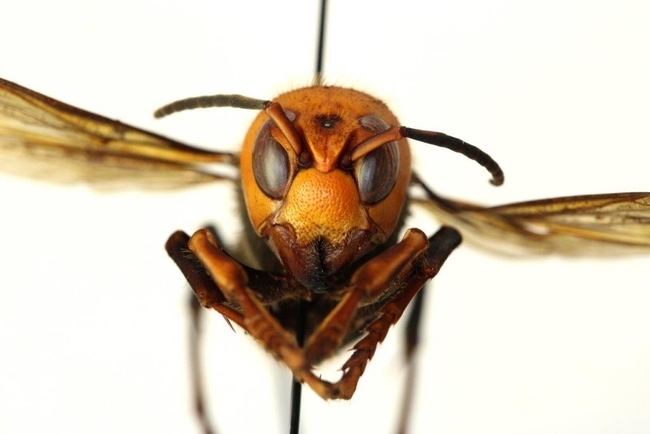
This is the Asian giant hornet, Vespa mandarinia, dubbed by the news media as “the murder hornet." The Entomological Society of America recently established as its official common name, “northern giant hornet.” (Photo courtesy of the Washington State Department of Agriculture)
Bohart Museum Virtual Open House: Honing in On the Hornets!
Oh, the questions that Lynn Kimsey, director of the Bohart Museum of Entomology, fielded at the Bohart's first-ever virtual symposium, held Friday morning, May 22. For nearly an hour (11 to 11:45), Kimsey answered questions about the Asian giant hornet (aka "the murder hornet," so...
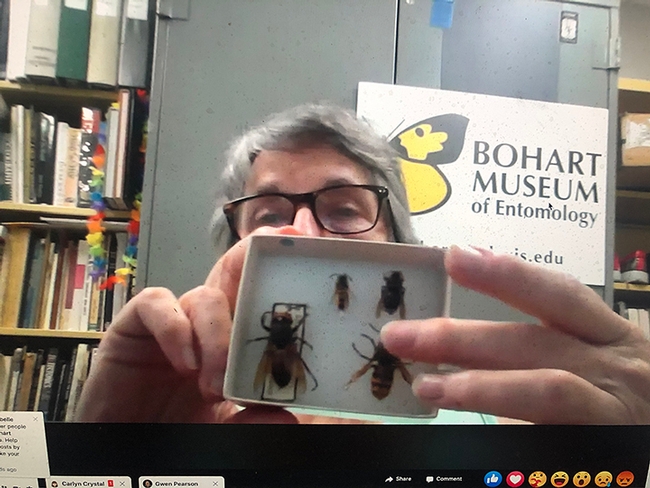
Wasp expert Lynn Kimsey, director of the Bohart Museum of Entomology, UC Davis, shows an Asian giant hornet specimen during the virtual open house May 22.
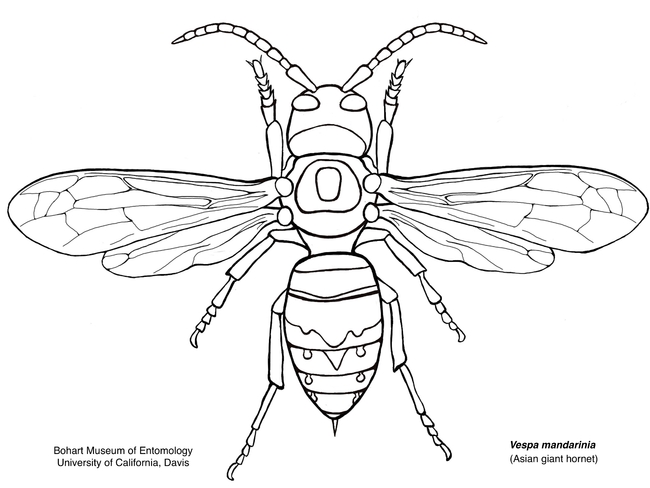
Like to color? You can download this illustration on the Bohart Museum website. It's the work of undergraduate student Meghan Crebbins-Oats.
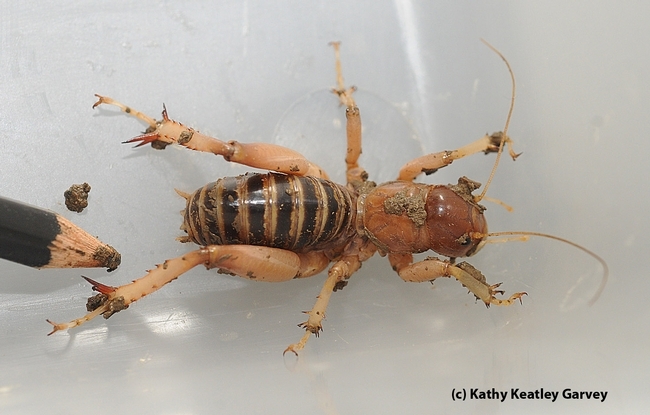
Many insects, including this Jerusalem cricket, are being mistaken for the Asian giant hornet. (Photo by Kathy Keatley Garvey)
Ready for the May 22th Bohart Museum Virtual Open House?
If Lynn Kimsey, who directs the Bohart Museum of Entomology, UC Davis, had her say, the Asian giant hornets would NOT be nicknamed “the murder hornets.” Kimsey, professor of entomology with the UC Davis Department of Entomology and Nematology and a past president...
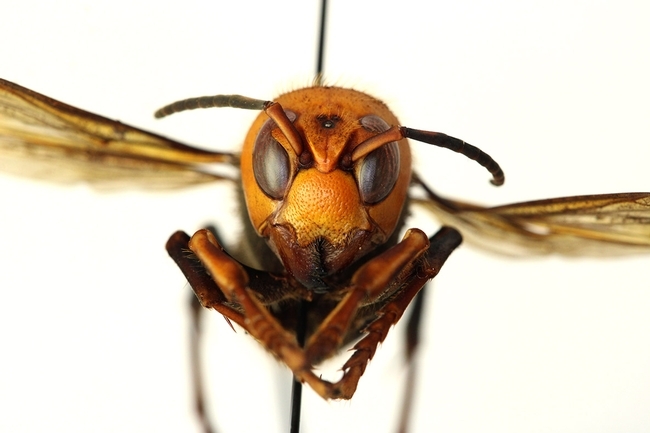
The Asian giant hornet, detected twice in North America last fall: a colony on Vancouver Island, British Columbia (destroyed) and a dead hornet in Blaine, Wash. (Photo courtesy of Washington State Department of Agriculture)
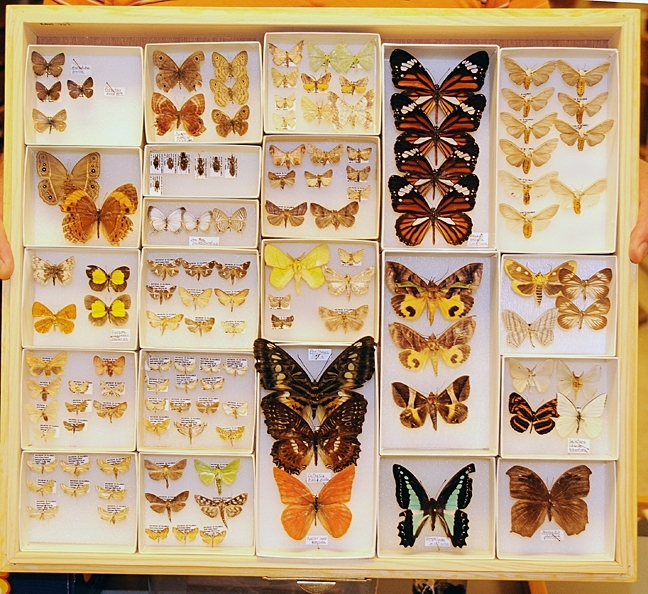
Some of the butterfly specimens at the Bohart Museum of Entomology. The museums houses a global collection of nearly 8 million insects. (Photo by Kathy Keatley Garvey)
